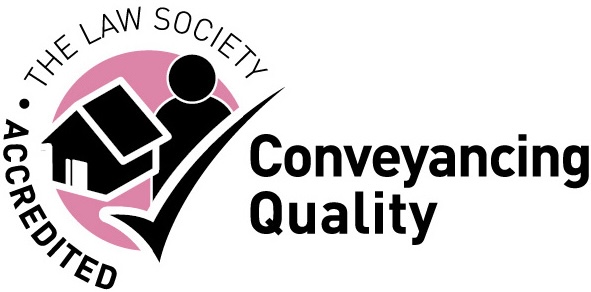If you are buying or selling a leasehold property, you may find the conveyancing takes slightly longer than normal. The reason for this is the added information that will need to be provided.
Most houses are freehold properties, while flats are usually leasehold. When a property is leasehold, the freehold is owned by the landlord or a management company, and the flat owner owns a lease of the property.
The lease will be for a set period of time and the leaseholder will be required to pay a ground rent, which could be anything from a negligible sum, often cited as a peppercorn, up to a substantial payment.
Both the freeholder and the leaseholder will also be bound by any conditions in the lease, known as covenants.
The term of the lease
Mortgage lenders will only lend money for leasehold properties when a substantial period remains on the lease. This varies depending on the lender but most require a minimum remaining term of 70-85 years. If the lease has around this number of years remaining, you should be aware that you may find it very difficult to sell in the future, once the lease has even less time remaining. There is scope to extend leases, but this can be expensive.
Payments under the lease
The lease will generally require the landlord to provide buildings insurance cover for the property and the leaseholders will be responsible for reimbursing them for this.
In addition, there is often a sinking fund in place, with all leaseholders paying in money every month towards any large items of expenditure, such as roof repairs.
Covenants contained in the lease
The lease will contain both restrictive and positive covenants. Restrictions could apply to the permitted use of the property, such as no wood floors, no pets or no removal of internal walls. Positive covenants could include keeping the property in good repair.
The landlord or freeholder will also have obligations under the lease such as keeping the external property well-maintained and dealing with the upkeep of grounds. The leaseholders will be required to pay for this, but it will be arranged by the landlord.
Buying or selling a leasehold property
When someone takes on a leasehold property, they will need to be sure that the terms of the lease are being complied with and they will also want to see copies of all the relevant documentation.
As well as a copy of the lease, this includes written confirmation from the management company that all payments are up to date, copies of management company accounts, ground rent receipts and details of the buildings insurance policy. Obtaining this information and following up on any queries it raises usually means that the conveyancing process takes longer than for a freehold property.
If you are selling a leasehold property, you can make a start on putting together the relevant documentation as soon as you take the decision to sell. This will help minimise the amount of time taken.
If you are thinking of buying or selling a leasehold property and you would like to speak to one of our expert lawyers, ring us on 0333 305 5189 or email us at info@lpropertylawyers.co.uk
Image: Photo by Anne Nygård on Unsplash
